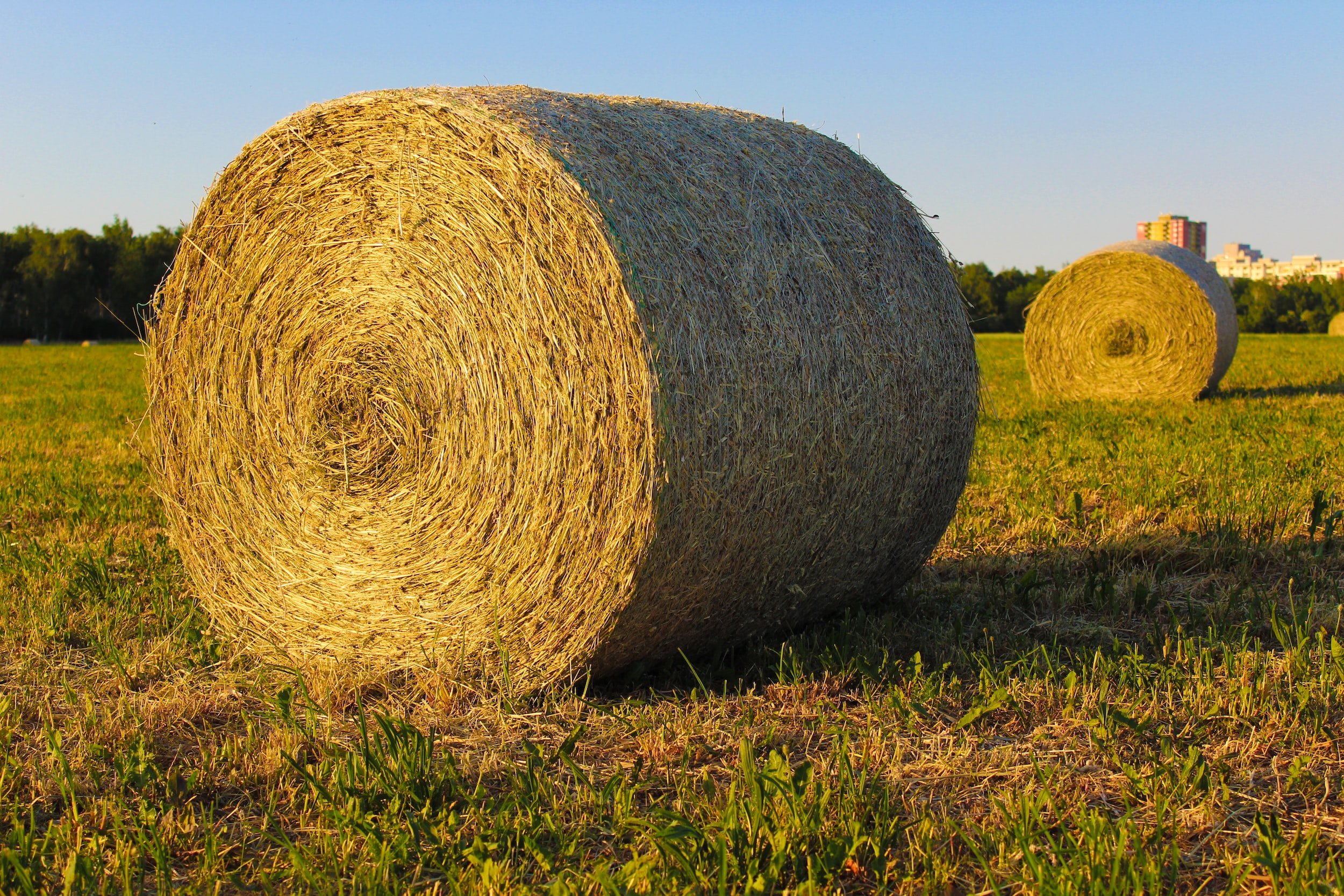By: Stephen M. Frazier, Senior Staff member
One of the main problems facing horse owners is the necessity of hay. Unlike cattle and other livestock that can be fed a variety of hay, grain, and silage, horses primarily derive nutrition from quality hay.[1] To compound the problem, owners cannot alleviate the financial burden by feeding horses a mixture of grain and hay because, with corn selling for nearly eight dollars a bushel, grain prices are at an all-time high.[2] As a result, owners are stuck paying $18 to $19 per bale of alfalfa - the same alfalfa that was selling for about $9 a bale a year ago.[3]
The next problem with buying hay is quality. When buying hay, purchasers should be certain to purchase hay of sufficient quality to meet the nutritional needs of horses.[4] Failure to adequately inspect the hay could result in purchasing hay of poor quality that will require additional supplementation, such as protein, to meet nutritional needs.[5] According to agricultural experts, the main factors affecting hay quality are “stage of maturity, leafiness, color, foreign matter, odor, and condition.”[6] These factors can be determined by a visual inspection, or by having the hay tested.[7]
Finally, with the increasing cost of hay, farmers should take necessary and adequate precautions to preserve the hay once it is in their possession. Proper storage of hay bales is vital because this can mitigate or prevent deterioration or spoilage of the hay.[8] Ultimately, storing hay inside a barn is the best option, as it greatly reduces the risk of hay loss.[9] However, if such storage is impossible, then bales stored outside should be placed on some sort of surface, ideally gravel or pallets.[10] Furthermore, the bales should be stored in a well-drained area with at least three feet between rows.[11]
The increasing hay prices have left farmers and horse lovers scrambling to acquire hay. In addition, once they are able to locate a source, the price is nearly double that from a year ago. Therefore, to ensure that farmers get the best value for their dollar, it is important that they take the time to adequately inspect the hay and take the proper precautions to ensure its safekeeping.
[1]Id.
[2] Julie Ingwersen, Midwest turns dry as drought worsens in Plains, Reuters, Jul 21, 2011,
http://www.reuters.com/article/2011/07/21/us-usa-drought-plains-idUSTRE76K4T52011072.
[3] Wichner, supra note 1.
[4] Daren Redfearn, Hay Purchasing Guidelines, Department of Plant & Soil Sciences Extension News, Apr. 20, 2011, http://extensionnews.okstate.edu/archived-articles-1/2011-archived-articles/Hay%20puchasing%2 0guidelines %20doc.pdf.
[5]Id.
[6] Mindy Riffle, Weather could impact hay supply, Country World, June 21, 2011, http://countryworldnews.com/news/headlines/900--weather-could-impact-hay-supply.html.
[7]Id.
[8] James Rogers and Robert Wells, Rain Effects on Hay, Noble Foundation, Sept. 2007, http://www.noble.org/ag/forage/raineffects/index.html.
[9]Id.
[10]Id.
[11]Id.

